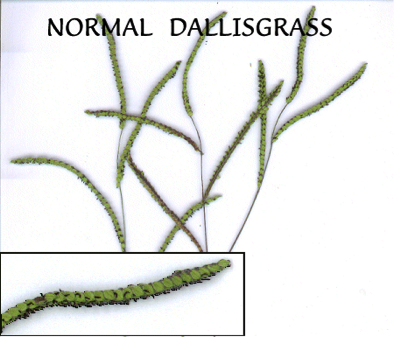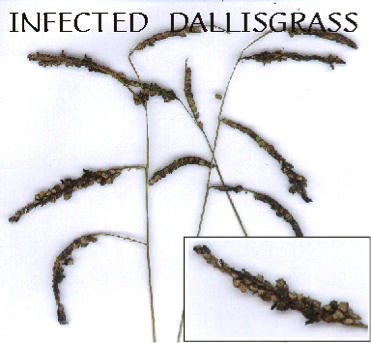Fall Toxicity Concerns in Beef Cattle
go.ncsu.edu/readext?747789
en Español / em Português
El inglés es el idioma de control de esta página. En la medida en que haya algún conflicto entre la traducción al inglés y la traducción, el inglés prevalece.
Al hacer clic en el enlace de traducción se activa un servicio de traducción gratuito para convertir la página al español. Al igual que con cualquier traducción por Internet, la conversión no es sensible al contexto y puede que no traduzca el texto en su significado original. NC State Extension no garantiza la exactitud del texto traducido. Por favor, tenga en cuenta que algunas aplicaciones y/o servicios pueden no funcionar como se espera cuando se traducen.
Português
Inglês é o idioma de controle desta página. Na medida que haja algum conflito entre o texto original em Inglês e a tradução, o Inglês prevalece.
Ao clicar no link de tradução, um serviço gratuito de tradução será ativado para converter a página para o Português. Como em qualquer tradução pela internet, a conversão não é sensivel ao contexto e pode não ocorrer a tradução para o significado orginal. O serviço de Extensão da Carolina do Norte (NC State Extension) não garante a exatidão do texto traduzido. Por favor, observe que algumas funções ou serviços podem não funcionar como esperado após a tradução.
English
English is the controlling language of this page. To the extent there is any conflict between the English text and the translation, English controls.
Clicking on the translation link activates a free translation service to convert the page to Spanish. As with any Internet translation, the conversion is not context-sensitive and may not translate the text to its original meaning. NC State Extension does not guarantee the accuracy of the translated text. Please note that some applications and/or services may not function as expected when translated.
Collapse ▲Fall can bring about some toxicity issues with livestock. As with a lot of other aspects of 2020, some additional concerns seem to be showing up this year.
Acorn Poisoning
Acorn poisoning, which causes kidney failure, is more of a problem in feeder calves versus mature cows. Green acorns are more of a problem. Feeder calves may also be more inclined to eat the acorns if they are recently weaned, which makes them more curious and possibly feeling hungrier, especially if the pasture is thin. Symptoms include abdominal pain, excessive thirst, frequent urination, lack of appetite, a thin rapid pulse and rough hair coat. The easiest thing is to remove cattle from pastures with oak trees in them. If removing cattle onto another pasture is not an option, temporary fencing can be used to exclude them from areas with oak trees. Please see the publication titled “The Power Of One Wire” or the webinar titled “Effective Use of Electric Fencing to Improve Grazing Management and Enhance Soil Health” for more information on temporary fencing. There is no antidote to acorn poisoning. Producers with affected animals should consider fluids and electrolytes to keep the kidneys functioning. Once the kidneys stop working, there is really nothing you can do.
Dallisgrass Staggers
The wet weather that we have experienced seems to have kicked dallisgrass into overdrive. The seed heads of this grass can produce an “ergot-like” fungus in the late summer and fall, which can be grazed in pasture or consumed in hay. Affected animals show neurological symptoms, including trembling of the major muscles and the head and jerky uncoordinated movements. They also are easily spooked and sometimes aggressive. The animals will startle and run, and often will fall in unusual positions. In bad cases the animals will go down, and may stay down for several days. Convulsions and death can occur in extreme cases but is rare. It is often confused with grass tetany (magnesium deficiency) but dallisgrass staggers doesn’t appear as sudden death like grass tetany and doesn’t respond to grass tetany treatment. Rotationally graze pastures prior to seed head infection or clip infected seed heads prior to allowing cattle to graze area. If symptoms appear, remove cattle from infected pasture and provide high quality hay. If cattle consuming hay present symptoms, feed non-infected hay from another field or supplement with feed. Cattle will usually recover in 3-4 days after removal from infected pasture or hay.




